How to Administer Naloxone
Step 1
CHECK for an overdose
- Signs of an overdose include not waking up, being very sleepy, or not breathing
- Yell “Wake up!"
- Shake them gently
Step 2
GIVE dose in the nose
- Hold the nasal spray with your thumb on the bottom of the plunger
- Insert the nozzle into either nostril
- Press the plunger firmly to administer the dose
- Note: NALOX-1 holds only 1 nasal spray device, which contains 1 dose of naloxone
Step 3
CALL 911
- Call 911 immediately after giving the dose
Step 4
WATCH for a response
- Wait 2-3 minutes for the medication to take effect
- If the person wakes up, proceed to Step 5
- If the person does not wake up and more doses are available, continue giving doses every 2-3 minutes until the person wakes up
Step 5
STAY until help arrives
- Stay with the person until emergency services arrive, even if they wake up
- Naloxone’s effects may wear off, so be prepared to assist until help arrives







